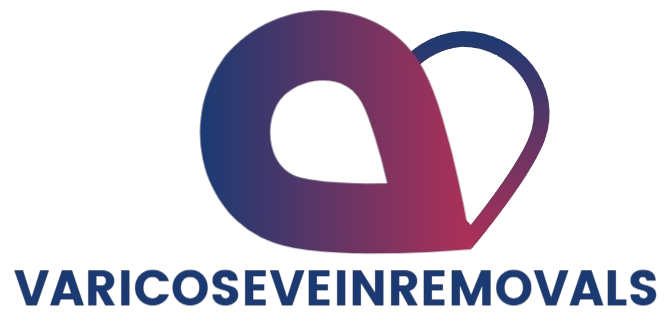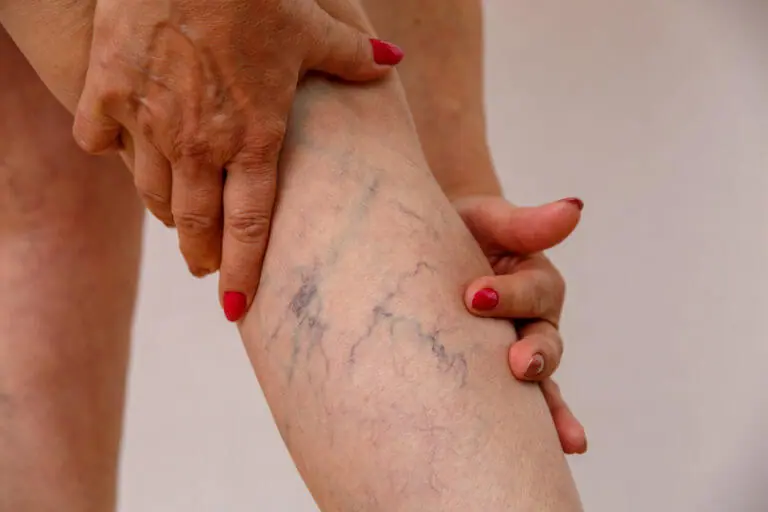Vein health is crucial for the proper circulation of blood throughout the body. When the valves in your veins fail to function correctly, blood can pool and flow in the wrong direction. This increased pressure within the veins can lead to venous diseases, causing discomfort and potentially serious complications. While lifestyle factors such as diet and activity levels contribute to vein health, an often-overlooked aspect is genetics. Yes, your genetic makeup can play a significant role in the development of vein-related conditions, including varicose veins and chronic venous insufficiency (CVI).
In this article, we’ll explore how genetics influence vein health, the hereditary aspects of venous diseases, and what you can do to reduce your risk, especially if you have a family history of vein problems.
How Genetics Influence Vein Health
Our veins are responsible for carrying deoxygenated blood back to the heart, and the valves within these veins prevent blood from flowing backward. However, if these valves become weakened or damaged, it can lead to a range of vein problems, including varicose veins and CVI. And for some people, the risk of these conditions is higher due to inherited genetic factors.
Inherited Weaknesses in Vein Structure
Genetics play a major role in determining the structure and function of your veins. Some people inherit genes that predispose them to weaker vein walls or faulty vein valves, making them more vulnerable to circulation problems. Specifically, genetic variations can influence how strong and elastic the veins are, and whether the one-way valves function properly to direct blood flow upward toward the heart.
For example, research has revealed that certain genetic markers are linked to weakened vein walls or defective valves. One such marker, D16S520, has been associated with a condition called saphenofemoral junction reflux. This condition occurs when blood flows backward in the veins, leading to pooling and increased pressure. Studies have shown that families with this genetic marker tend to experience higher rates of venous reflux, a common cause of varicose veins and CVI.
While genetic factors can increase your risk of vein disease, it’s important to remember that inheritance is not always straightforward. Many different genetic factors, combined with lifestyle choices and environmental influences, determine whether vein problems will develop.
The Family Connection
If someone in your family suffers from vein issues, such as varicose veins, your risk of experiencing similar problems increases significantly. In fact, research suggests that if you have a parent or sibling with varicose veins, you’re 50% more likely to develop them yourself. However, genetics alone don’t guarantee the development of vein disease. Environmental factors, including how you take care of your body, can either amplify or reduce your genetic predisposition to vein problems.
Environmental Factors and Lifestyle Choices
While you can’t change your genes, you do have control over many factors that can help mitigate your risk of developing vein disease. Lifestyle choices such as diet, exercise, and posture can play a pivotal role in maintaining healthy veins and reducing the impact of genetic vulnerabilities.
1. Regular Exercise:
Physical activity is one of the most effective ways to improve blood circulation and promote vein health. Exercise, particularly aerobic activities like walking, swimming, or cycling, can enhance blood flow in the legs, helping prevent blood from pooling and reducing the risk of venous diseases.
2. Maintaining a Healthy Weight:
Being overweight or obese places extra pressure on the veins, especially those in the legs. This added strain can worsen the symptoms of vein disease and contribute to its development. By maintaining a healthy weight, you can reduce the stress on your veins and improve overall circulation.
3. Avoid Prolonged Sitting or Standing:
If your job or daily activities require you to sit or stand for extended periods, it’s important to take breaks and move around regularly. Standing or sitting for long hours can impede blood flow and cause veins to stretch, leading to venous insufficiency. If you can’t avoid long periods of sitting, try elevating your legs during breaks or standing up and moving every 30 to 60 minutes.
4. Compression Stockings:
For individuals with a genetic predisposition to vein disease, wearing compression stockings can be a helpful preventive measure. These specialized stockings apply gentle pressure to the legs, encouraging proper blood flow and reducing swelling. Compression stockings can be particularly useful for people who have to stand or sit for long periods of time.
When to See a Vein Specialist
If you have a family history of vein problems, it’s essential to stay vigilant and monitor your leg health. Symptoms like aching, swelling, or visible veins (such as varicose or spider veins) may indicate that you’re at risk for developing a venous condition.
Consulting a vein specialist is the best course of action if you notice any changes in the appearance or feel of your legs. A vein specialist can assess your risk factors, provide a comprehensive vascular examination, and recommend treatments to prevent or manage venous disease. Early intervention can significantly improve outcomes, so don’t wait until symptoms worsen.
Managing Your Genetic Risk
While you may be genetically predisposed to vein disease, that doesn’t mean you’re destined to suffer from it. By making informed lifestyle choices and seeking regular checkups, you can lower your risk and maintain optimal vein health. Here are some steps you can take to manage your genetic risk:
- Get Regular Screenings: If you have a family history of vein disease, talk to your doctor about periodic screenings to detect early signs of venous problems.
- Follow Healthy Habits: Incorporate regular exercise, maintain a healthy weight, and avoid long periods of sitting or standing to promote good circulation.
- Seek Professional Advice: If you experience symptoms such as leg pain, swelling, or varicose veins, consult a vein specialist for an accurate diagnosis and personalized treatment plan.
Conclusion
Genetics plays a significant role in vein health, and if you have a family history of vein disease, your risk of developing similar conditions may be higher. However, lifestyle factors such as exercise, weight management, and posture can help mitigate this risk. While you can’t change your genes, being proactive about your vein health can reduce the likelihood of complications and help you maintain healthy, functional veins for years to come. If you notice any changes in your legs or have concerns about vein disease, don’t hesitate to seek the advice of a healthcare professional. Early intervention is always the best approach when it comes to preventing more serious vein conditions.



